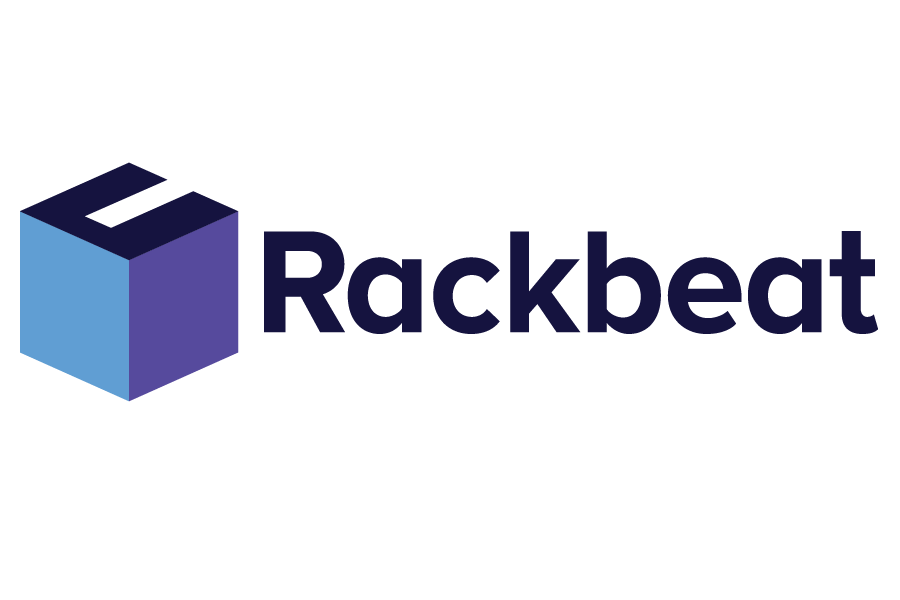How to Integrate Purchasing Management into Your Inventory Management Process
By Rackbeat January 17, 2025

Have you ever experienced your business suddenly running out of one of its most popular items—perhaps right in the middle of peak season?
Or maybe you’ve faced an overstocked warehouse filled with items that just take up space and tie up unnecessary capital?
Both scenarios are often caused by shortcomings in purchasing management, which plays a critical role in how effectively your inventory management operates.
Efficient purchasing management is about buying the right products, in the right quantities, at the right time—and at the right price. When done correctly, purchasing management becomes a key factor in building a smooth and efficient supply chain.
When purchasing is optimized, you ensure that you never run out of critical items or waste money on goods that end up gathering dust.
In this article, we’ll dive into the benefits of integrating purchasing management, how to get started, and the advantages of using modern inventory management systems (WMS) in your daily operations. But first, let’s clarify what purchasing management actually entails.
What Is Purchasing Management, and Why Is It Important?
Purchasing management involves planning, coordinating, and controlling the goods and materials your business purchases to keep operations running. When purchasing management is integrated into your inventory management process, you can:
- Forecast needs: Analyze historical data and reports to ensure you only order what is necessary.
- Reduce overstock and stockouts: Avoid tying up unnecessary capital in inventory or running out of essential items.
- Streamline order management: Plan orders more effectively and consolidate them to achieve better prices, faster delivery, and lower shipping costs.
Benefits of Integrating Purchasing Management into Inventory Management
Integrating purchasing management into inventory management creates a cohesive and efficient supply chain, where inventory levels and purchasing are balanced. Here are the five biggest benefits:
1. Better Decision-Making with Real-Time Data
When purchasing and inventory management work together, you can make buying decisions based on up-to-date inventory data. You’ll know exactly which items sell best, which items are stagnant, and when it’s time to reorder. Real-time data helps you:
- Forecast demand and plan purchases more effectively.
- Avoid overstocking and unnecessary inventory costs.
- Identify trends and seasonal fluctuations.
2. Cost Reduction
More precise purchasing planning reduces both direct and indirect costs:
- Less waste: Avoid purchasing items that quickly become obsolete or unsellable.
- Optimized storage capacity: Prevent your warehouse from being filled with slow-moving items.
- Better supplier agreements: Consolidating orders or planning them in advance often allows you to negotiate better prices.
3. Increased Flexibility and Resilience
By integrating purchasing and inventory management, you can respond more quickly to market changes or supply chain disruptions. If a supplier is delayed or demand suddenly spikes, the combined data allows you to adjust your purchases promptly and avoid bottlenecks.
4. Higher Customer Satisfaction
When your warehouse is always stocked with the right products and delivery times are consistently met, your customers are happier. Reliable inventory and order management make it easier to meet customer needs and ensure you never have to say—or type—the words “out of stock.”
5. Improved Reporting and Analysis
By combining data from purchasing and inventory, you can generate in-depth reports that show how your business is performing. For example, you can analyze:
- Which suppliers deliver most reliably.
- Which products have the highest turnover rate.
- How inventory performance impacts your overall costs and profitability.
Integrating purchasing management into your inventory management process not only results in more efficient operations but also creates a competitive edge that can be felt in both your bottom line and customer satisfaction.
In the next section, we’ll explore how to get started with combining purchasing management and inventory management effectively.
How to Get Started with Integrating Purchasing Management into Your Inventory Management
Integrating purchasing management into inventory management requires a combination of strategic planning, technological support, and continuous optimization. Here’s a step-by-step guide to help you get started:
1. Map Your Current Inventory and Purchasing Processes
The first step is to gain a clear overview of your current practices:
- How is purchasing handled today?
- What challenges do you face in inventory management—e.g., overstock, stockouts, or inefficient order handling?
- Which products are most critical for your business, and which have low turnover rates?
By analyzing your current processes, you can identify where integration can create the most value.
2. Define Clear Goals and KPIs
To measure success, it’s important to set specific goals for the integration—also known as KPIs (Key Performance Indicators). Relevant KPIs for your business might include:
- Reducing inventory costs by a specific percentage.
- Minimizing stockouts and increasing delivery accuracy.
- Reducing time spent on manual purchasing and inventory management tasks.
Set KPIs that allow you to track progress and adjust your strategy along the way. Here, you can see the 10 most important KPIs for inventory management that we recommend keeping an eye on.
3. Implement an Inventory Management System (WMS)
To effectively integrate purchasing management into your inventory management, you need a modern Warehouse Management System (WMS). A WMS provides:
- Real-time data on inventory levels and purchasing status.
- Automation of reordering by setting minimum stock levels.
- Integration with suppliers and other systems to streamline order handling.
With a WMS like Rackbeat, it becomes easier to consolidate all processes into one platform and gain a complete overview of your supply chain.
4. Train Your Team
Even the best system requires that your team knows how to use it effectively. Make sure to:
- Train employees in the new system.
- Explain the benefits of integration so everyone understands the purpose and value of the changes.
- Continuously update the team when new features or processes are introduced.
5. Continuously Evaluate and Optimize
Integration is not a one-time task. After implementation, it’s essential to evaluate how things are going and adjust as needed. Generate reports to analyze whether your goals are being met and identify areas where the process can be improved.
By following these five steps, you can ensure a smooth integration that not only streamlines your inventory management but also gives you a competitive advantage. In the next section, we’ll explore how Rackbeat makes integrating purchasing management simple and user-friendly.
Rackbeat’s Purchasing Management
At Rackbeat, we understand how critical the connection between inventory management and purchasing management is for your business. With Rackbeat, you can:
- Monitor inventory levels in real time: Gain full visibility into which items need to be reordered.
- Set minimum stock levels: Receive reorder reminders when it’s time to restock.
- Gain insights with reports: Generate historical reports on inventory performance and supplier delivery accuracy, enabling you to optimize your purchasing decisions.
With Rackbeat, you can simplify complex processes, save time, and focus on growing your business.
Book a Free Demo of Rackbeat
Want to see how Rackbeat can make your purchasing management more efficient and hassle-free? Book a free demo today, and let us show you how our user-friendly inventory management system can help you optimize both purchasing and inventory management. 🚀




